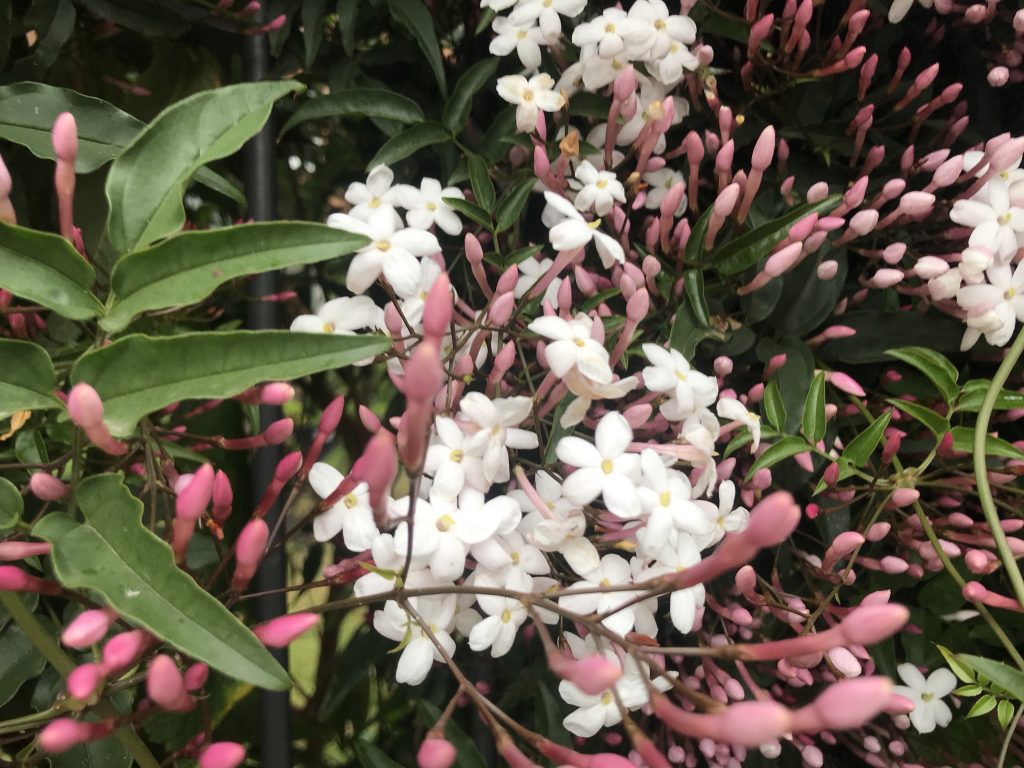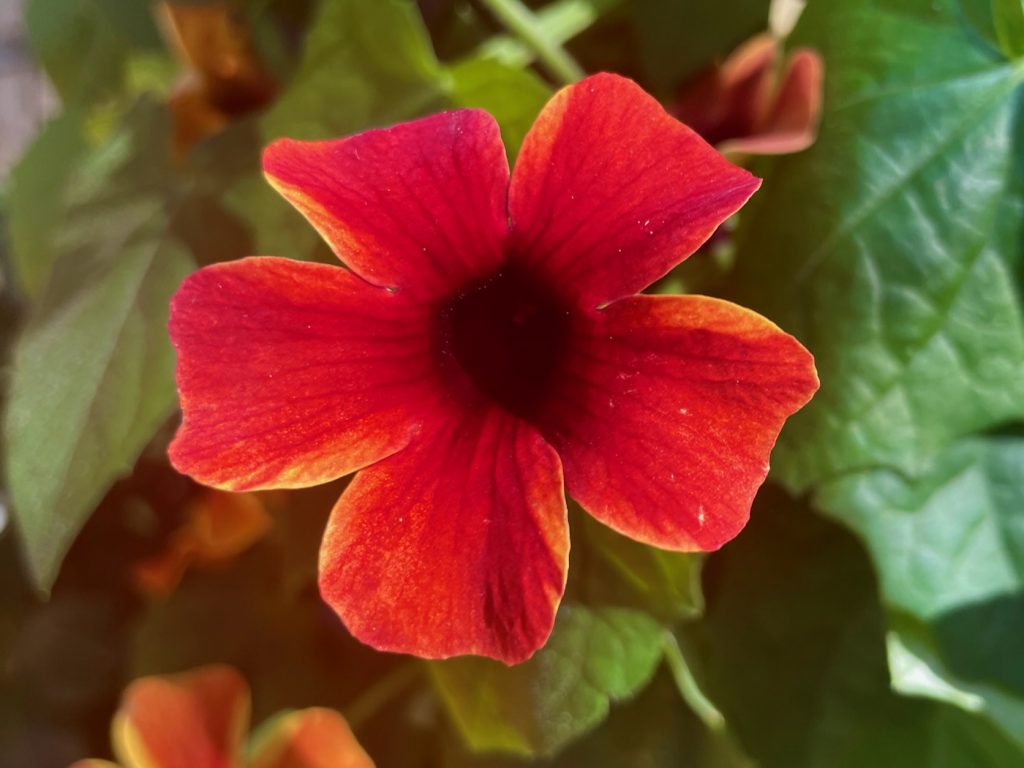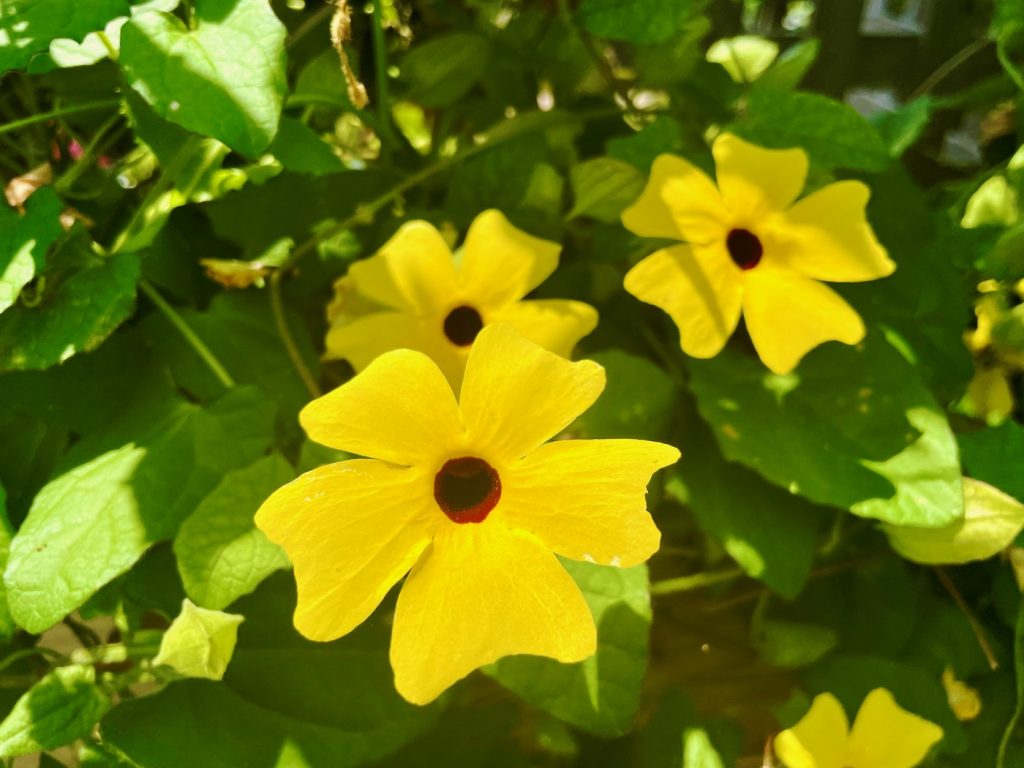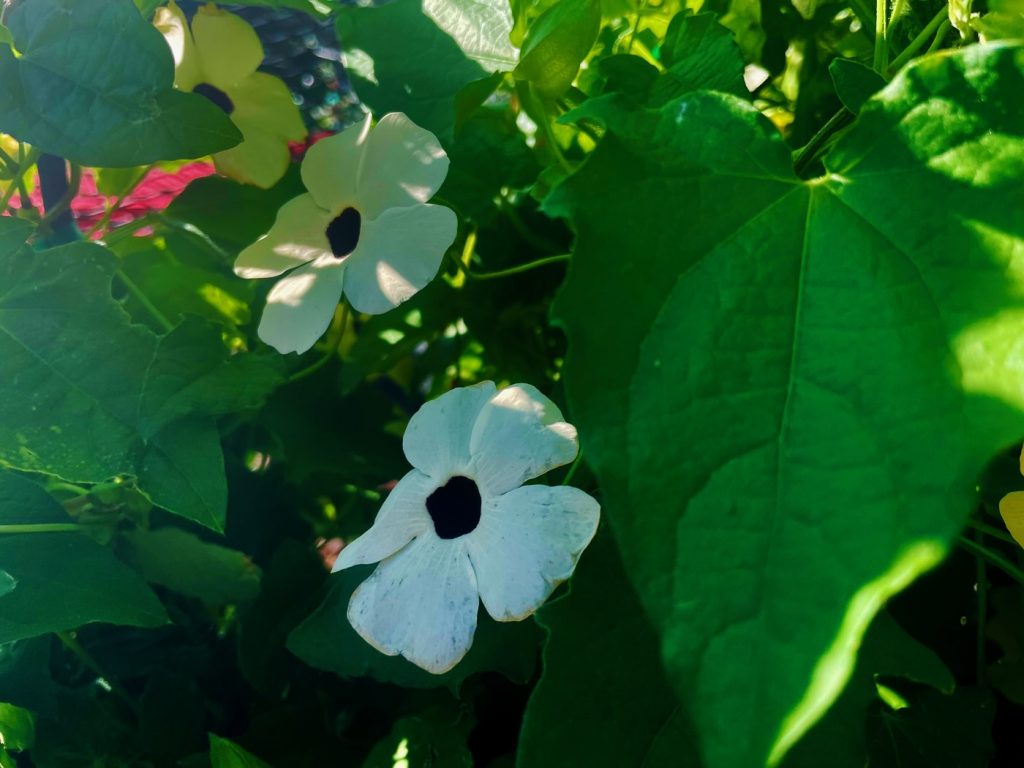Unveiling the Allure of Jasminum: A Fragrant Symphony of Blooms
Jasminum, commonly known as Jasmine, is a genus that beckons with its intoxicating fragrance and captivating beauty. From the Persian name Yasameen to its place in the esteemed Oleaceae family, these shrubs and vines have enchanted botanical enthusiasts for centuries. With over 200 species, Jasminum showcases a remarkable array of characteristics and aromatic delights. Let us delve into the world of Jasmine, exploring its origins, blossoms, cultivation, and more.
Characteristics and Aromatic Symphony: Jasminum species encompass both deciduous and evergreen vines and shrubs, each possessing its own unique charm. The leaves are typically simple, trifoliate, or pinnate, adding a touch of grace to the verdant foliage. The flowers, the crowning glory of Jasmine, exhibit a palette of white and yellow hues, delighting the senses with their delicate beauty. These blossoms cluster together in cymose formations, featuring 4 to 9 petals and diminutive stamens. While most species enchant with their aromatic allure, it is worth noting that not all varieties bear fragrance, adding an element of intrigue to this diverse genus.
Flowering Season and Splendor: The flowering season of Jasminum varies depending on the species, offering a delightful spectacle throughout the year. Whether it be the scentless yellow blooms of Jasminum floridum gracing spring, summer, or fall, or the enchanting white flowers with purple interiors of Jasminum magnificum, each species presents its own captivating display. Among the enchanting varieties is Jasminum officinale, commonly known as common white jasmine, which boasts small, fragrant flowers and sheds its leaves in a deciduous fashion.
Cultivation: Unleashing the Radiance of Jasminum
Sunlight: Jasmine thrives when bathed in full sun or partial shade, striking a delicate balance between light and shade to enhance its growth and bloom.
Watering: Regular watering is essential to keep Jasminum hydrated, especially during periods of intense heat or dry spells. However, it is important to ensure proper drainage to prevent waterlogging.
Soil: Jasmine exhibits versatility in soil preferences, but it thrives best in well-draining soil that retains some moisture. Amending the soil with organic matter can provide an optimal growing environment.
Pests and Disease: While Jasminum is generally resilient, it can occasionally face challenges from pests such as aphids, spider mites, or whiteflies. Vigilance and prompt treatment with organic pest control methods can help safeguard the health of your Jasmine.
Propagation: Propagating Jasmine can be achieved through various methods, including stem cuttings, layering, or seed germination. Each technique offers its own unique rewards, allowing you to propagate and expand your Jasmine collection.
Embrace the Enchanting Symphony of Jasmine: Jasminum, with its evocative fragrance and captivating blooms, invites you to embark on a sensory journey through its diverse species. From the verdant foliage to the delicate flowers, Jasmine casts a spell of elegance and allure. Whether you are an avid gardener, a lover of fragrant blossoms, or an explorer of botanical wonders, cultivating Jasmine in your garden will infuse your surroundings with an irresistible charm.
Allow Jasmine to grace your outdoor spaces, creating a haven where its fragrance dances on the breeze, and its beauty captivates all who behold it. As you nurture and care for this remarkable genus, may the Online Flower Garden be your companion, offering guidance, inspiration, and a platform to share the wonders you encounter on your floral voyage.





